Services
OUR SERVICES
- • Erection of HV / LV Installation up to 33 KV Sub – Stations.
- • Transformer oil filtration / Repairing / Rewinding.
- • On - site servicing and over hauling of transformers.
- • Transformer Erection / testing / Rental/Hiring,
- • Transformer Commissioning, Transformer Servicing,
- • Testing of All type Numerical Relays.
- • Maintenance of High & Low Voltage Electrical Systems
- • Overhead & Underground
- • Trouble Shooting of High & Low Voltage Electrical Systems
- • Under Ground Cable Fault finding and Rectifications
- • Testing of Sweep Frequency Response Analysis (SFRA)
- • On Site Testing & Commissioning
- • Preventive Maintenance Testing
- • Switchgear Services all types HT VCB / LT ACB / OLTC
- • Operation and Maintenance
- • Refurbishment and Modernization
- • Cable Jointing Services up to 33 KV
- • Testing of contact Resistance values.
- • Mfrs: Custom Build Cubicle Panels / DPFC / APFC / PCC / MCC/ Bus Ducts. Etc.
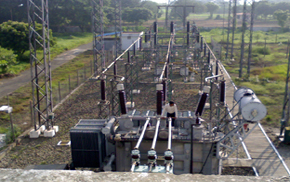
Field Services
The electric field is a vector field. The field vector at a given point is defined as the force vector per unit charge that would be exerted on a stationary test charge at that point. An electric field is generated by electric charge (also called source charge), as well as by a time-varying magnetic field. The electric charge can be a single charge or a group of discrete charges or any continuous distribution of charge.
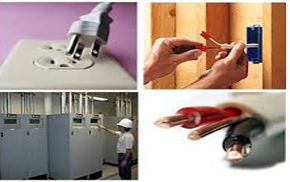
Start Up Services
It can consist of mechanical or electrical devices, or a combination of both. Mechanical soft starters include clutches and several types of couplings using a fluid, magnetic forces, or steel shot to transmit torque, similar to other forms of torque limiter. Electrical soft starters can be any control system that reduces the torque by temporarily reducing the voltage or current input, inthe electric circuit.
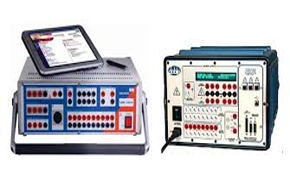
Transformer Oil Filteration
Transformer Oil Purification Systems Present and future transformer ratings require high quality and high purity insulating oils at the point of use. The increasing voltage and rating of the modern transformer and electrical apparatus results in greater electrical stress in insulating material and fluids. To handle these greater stresses, oils with better dielectric qualities are required.
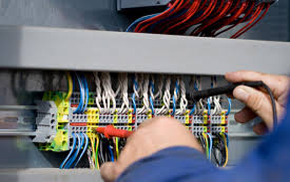
Breakdown Analysis
Electrical breakdown or dielectric breakdown is a rapid reduction in the resistance of an electrical insulator when the voltage applied across it exceeds the breakdown voltage. This results in a portion of the insulator becoming electrically conductive. Electrical breakdown may be a momentary event (as in an electrostatic discharge), or may lead to a continuous arc discharge if protective devices fail to interrupt the current in a high power circuit.
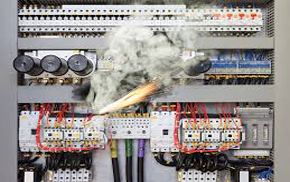
Capacitance and Tan Delta Set
Tan Delta is a a diagnostic test conducted on the insulation of cables and windings, Bushing, Oil. It is used to measure the deterioration in equipments. It also gives an idea of the aging process in the cable/windings and enables us to predict the remaining life of the cable / windings. It is alternatively known as the loss angle test or the dissipation factor test A fully automatic 12-kV insulation power/dissipation factor (tan delta) test set is used for Diagnostic test .
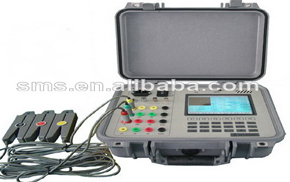
On-Site KWH Meter Testing
The protection functions of the relay and the transient currents and voltages are still the same, but it is the present state of technology that offers new possibilities and makes the number of functions in the relay more complex. It is generally agreed that testing numerical protection should be different from older techniques.
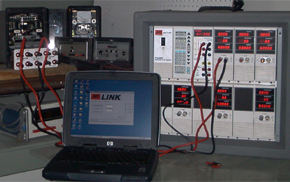
SFRA
Sweep Frequency Response Analysis (SFRA) is a powerful and sensitive method to evaluate the mechanical integrity of core, windings and clamping structures within power transformers by measuring their electrical transfer functions over a wide frequency range. SFRA is a proven method for frequency measurements.
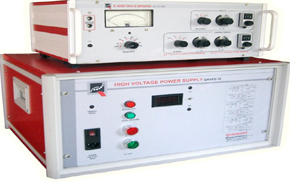
Testing and Calibration of Relays
A Testing and Calibration relay is an electrically operated switch. Many relays use an electromagnet to mechanically operate a switch, but other operating principles are also used, such as solid-state relays. Relays are used where it is necessary to control a circuit by a low-power signal (with complete electrical isolation between control and controlled circuits), or where several circuits must be controlled by one signal.






We Focus On